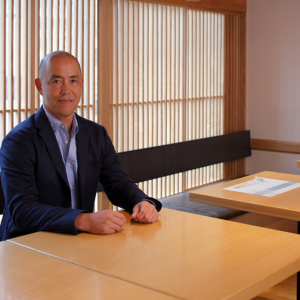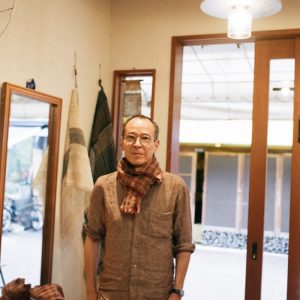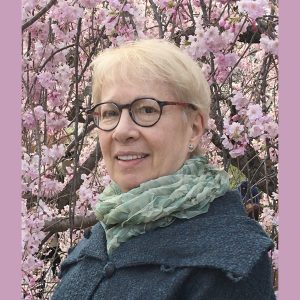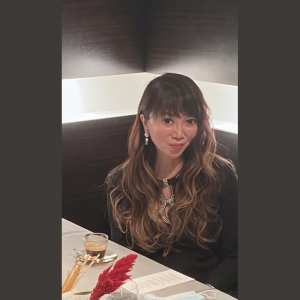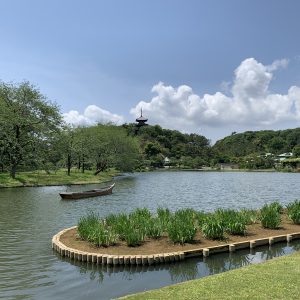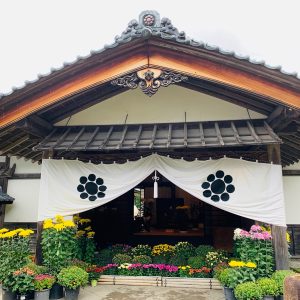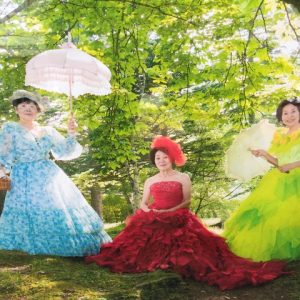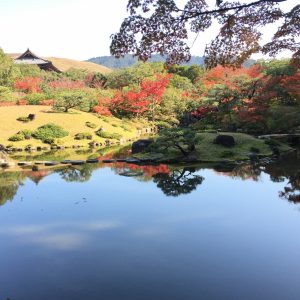Keiji Mori’s Favorite Things
1.Where do you live and why did you choose to live there? During the week I live in Shibaura, in Tokyo, and on the weekends I return to Hayama in Kanagawa Prefecture. My home is in Hayama but my restaurants – and my work – are in Tokyo so I stay there when it is convenient for work. Since I was born and grew up in Hayama, I have many old friends there. And as my hobbies are surfing and… Read more »

